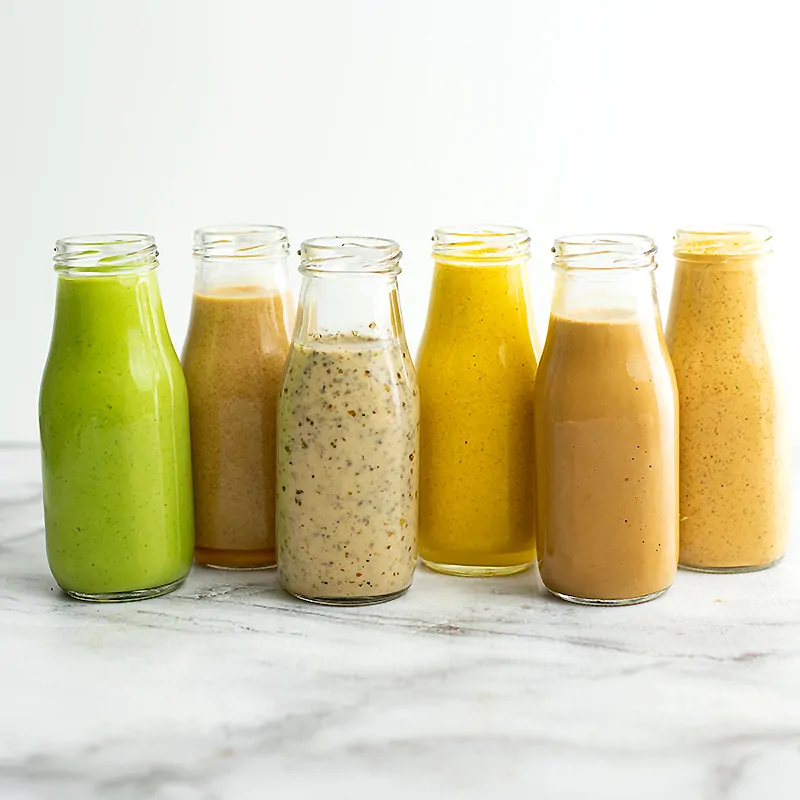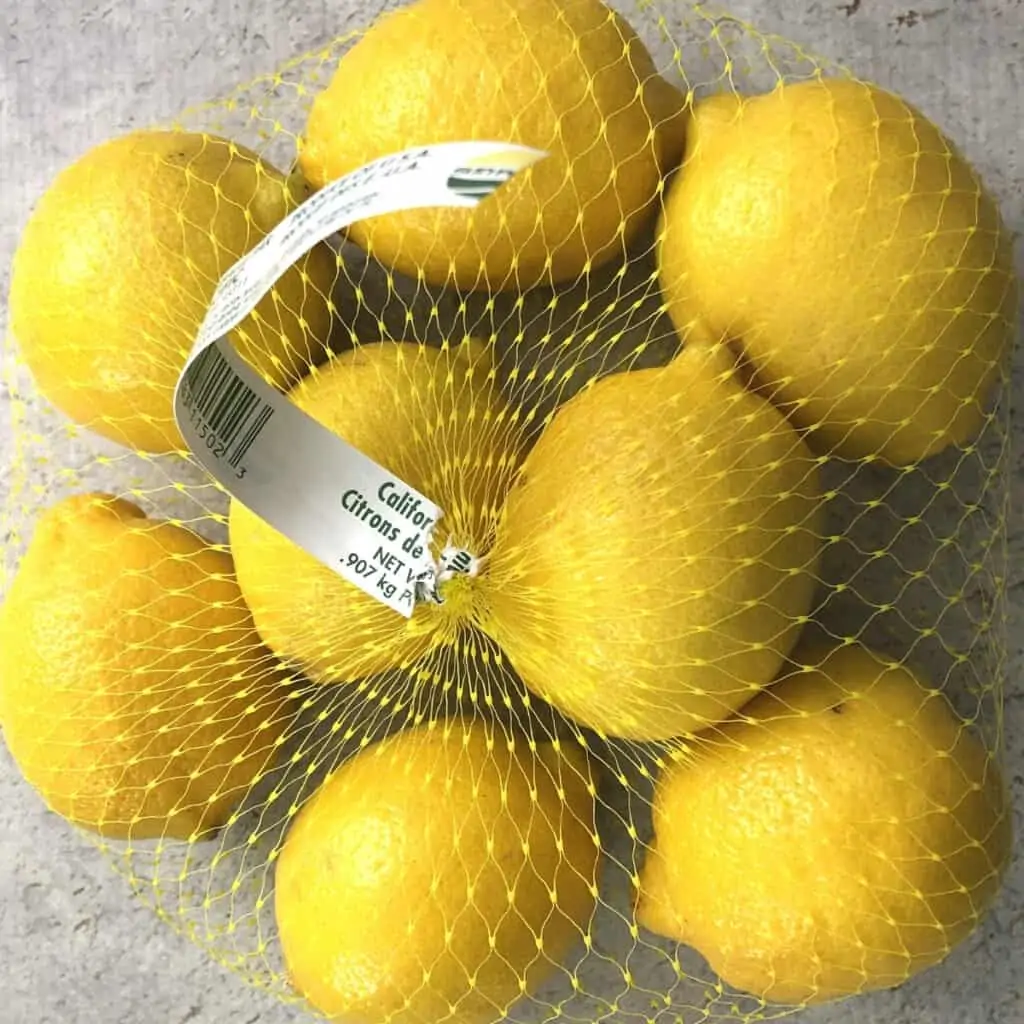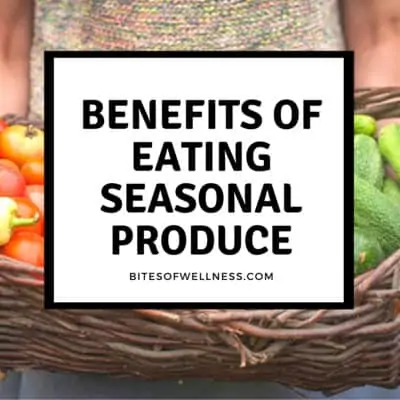How to Create a Grocery Budget That Works for You
Why do you need a grocery budget? Going unchecked, food (groceries, eating out) can quickly eat up a big part of your monthly budget. If you aren’t tracking these numbers regularly, you may not even realize how much of your monthly income is going towards food.
I found that the one thing that really helped me become more mindful when grocery shopping was to have a budget in place. Coming up with what the budget number was for our family was trial and error so I thought I would share some tips with you if you are in a similar situation.
A good rule of thumb is that your food budget (groceries and eating out) should be about 10% of your take home pay. If you bring home $3,000 a month, a good food budget might be $300. However, the 10% rule is just a starting place and some can get buy spending less and others may need to spend more.

Creating your grocery budget
Track your spending
The best way to come up with a grocery budget that is going to be reasonable and realistic for you and your family is to track your current spending habits for 1 or 2 months. Use your credit cards, bank statements or a budget app to track your spending habits to get a good idea of where you are starting off.
You may want to create a spreadsheet or use your notes app to record:
- Grocery Store Expenses
- Eating Out (Restaurant)
- Take Out (Fast Food, Delivery)
- Coffee shop
Tracking these categories separately will help you get an understanding of where you spend your money each month. Don’t forget to track your morning coffee on the way to work or the lunches that you grab at the office.
Once you have 1-2 months of data you have a good baseline to where you can start making adjustments and planning a budget you can start to stick to.
When reflecting over what you spent that month, this is also a great time to look at your expenses and decide if this is how you want to spend your money going forward. Perhaps you decide that grabbing coffee on the way to work is worth the expense but you want to start bringing your lunch to save money or start limiting your take out to 1 time a week instead of 2-3.
Now that you have a good idea of your monthly grocery expenses you can create a budget around groceries.
Create your grocery budget
You can choose any number you want to be your families food budget (typically you want the budget to be at least $100 per person in the family each month as a baseline). You can also decide on a budget for eating out and take out as well.
Once you have your desired budget, compare it to your past grocery spending and decide how you want to make this transition to your new budget amounts. Many people find that slowly stepping down to your ideal budget number is needed as it can take some adjustment and trial and error to figure out where to cut costs when it comes to grocery shopping.
For example, if you currently spend $600 a month but want to try to get your grocery budget down to $400 a month, you may decide that in month 1 your goal is $500 a month, month 2 the budget is $450 a month and finally in month 3 you try to reach your goal of $400 a month.
Ensure your budget lasts all month
Typically many people see that $400 mark and don’t think twice about that extra bag of chips or box of crackers at the store, as $2.99 doesn’t make a huge impact on $400. This is why it can be helpful to divide your monthly budget by the number of times a month you go to the store.
Let’s say you go to the store every 10 days or 3 times a month. This $400 budget is now $133 per grocery trip. Now that extra bag of chips can have an impact on the overall grocery budget.
By dividing the monthly budget into the number of shopping trips, this ensures that you won’t be eating sandwiches and rice and beans the last 10 days of the month because you spent all your budgeted money earlier in the month.

Once you know your grocery budget
Prioritize your spending
You may want to consider what is important to you and your family. Perhaps grass-fed beef and organic chicken is really important to you or buying organic fruits and vegetables is a high priority. This will allow you to prioritize your budget for these more expensive items so that you can adjust your list based on these preferences.
This may also be the time when you look at some of your normal splurge items and decide if they are really worth it for you. For me this meant giving up my 1-2 kombucha’s a week and cutting it down to maybe 1 per month. For you it may be name brand ingredients, ice cream or cookies you don’t really need but like to have on hand.
Where to grocery shop
Perhaps you have been going to the nearest grocery store based on convenience and because you know where everything is. An easy way to make your budget stretch a bit further is to shop and discount grocery stores like Trader Joe’s or Aldi.
Buy on sale
Be sure to spend a few minutes and check out what is on sale at your local grocery store before shopping. This can help keep you from getting overwhelmed at the store and help with planning meals in advance based on what is on sale.
Tip: Just because something is labeled 2 for $5 does not mean you have to buy 2 to get the savings. Typically the single item rings up at the cheaper price even if you only buy 1.
Top tips to sticking to your grocery budget
Check out your fridge, freezer and pantry first
Shopping out of your own fridge and pantry can save you a ton of cash (since you’ve already spent money on these items). Using up what you already have on hand can allow you to afford some splurge items because you won’t have to cover as many meals this month!
Create a meal plan for the week
I like to calculate the cost for my favorite dishes so that I know exactly how much the groceries for that meal are going to cost. Another great way to save money on groceries is to find recipes that use up the rest of those ingredients.
For example, if I make tacos one night and it uses ½ of a jar of salsa, I might find another recipe (like this 3 ingredient black bean dip) that will use up the rest of the salsa later in the week.
Create a list and stick to it
Impulse items can quickly add up and make you go over budget – plus these are rarely items that fill you up or that you can make an entire meal out of. If you love grabbing one or two things every trip based on how you feel in the store – leave $5-10 in your weekly budget for “impulse items”.
Don’t buy convenience foods
Pre-chopped veggies, sauces, dressings, even snack foods can all add up quickly. Taking the time to chop these items yourself or learning how to make those sauces and dressings at home from scratch can save you a ton of money.

Be careful at bulk grocery stores
Just because they sell it at Sam’s or Costco doesn’t mean it’s the best deal for you and your family (especially if half of it will go to waste from spoiling too quickly). Be sure to check the prices and be realistic if the quantities being sold are going to work for your family.
Depending on the size of your family or how quickly you go through an item, buying from a bulk store can be a great bargain. I typically find that Aldi and Trader Joe’s are comparable in prices and you don’t have to buy the bulk quantity.
Shop less
I learned this lesson during the early pandemic days – shopping less often was saving us a ton of cash. Every time I go to the store, I end up picking up one or two things not on my list and week after week that can add up!
Buying enough for 14 days and freezing half was saving us a ton of cash so now I stretch out my shopping days as long as possible.
Stock up when on sale (but not too much)
When you find something you use regularly on sale, stock up and buy a few, especially if it’s a great deal. Typically I put aside $10-20 a month for stocking up when bigger ticket items go on sale. Things like avocado oil spray or frozen wild caught salmon.
Don’t be brand loyal and shop generic
Generic or store labeled items are sometimes just as good or better than the brand name goods you are used to buying. In fact, many of Trader Joe’s items are produced by a higher end brand and labeled as Trader Joe’s brand. At my local grocery store, the store carries Simply Organic labeled canned goods which are significantly less expensive than other organic brands but just as good and high quality. I find the same to be true with Thrive Market brand labeled goods from Thrive Market.

The most important thing when creating a grocery budget
Overall the most important thing to consider when creating your grocery budget is why you are trying to save money in the first place. Once you know what you are saving for (paying off debt, buying a house, going on an epic vacation or building wealth) it can make it easier to make decisions that align with your goals.
I like to think that when I go over my grocery budget, I’m borrowing (or stealing) from the funds that I had set aside earlier in the month for other big ticket items. This helps me evaluate if that splurge item is really worth it or not.
Other budget tips
Get tips on on how to eat gluten free on a budget or how to calculate a recipe cost to help you find ways to make the most out of your monthly food budget.



